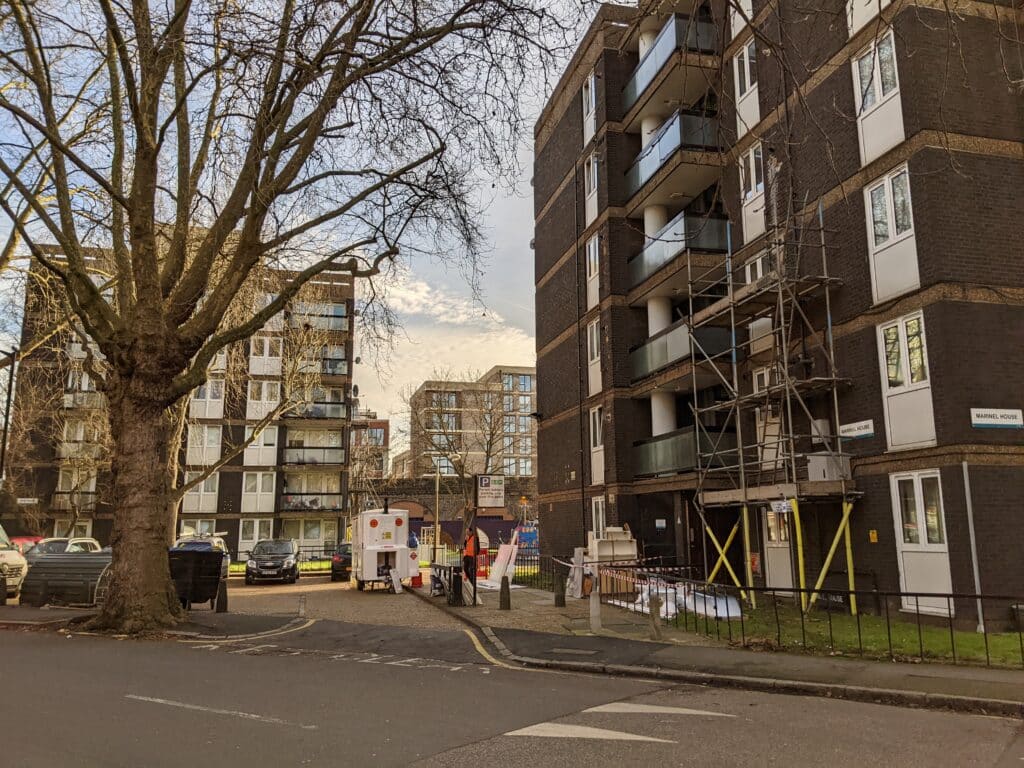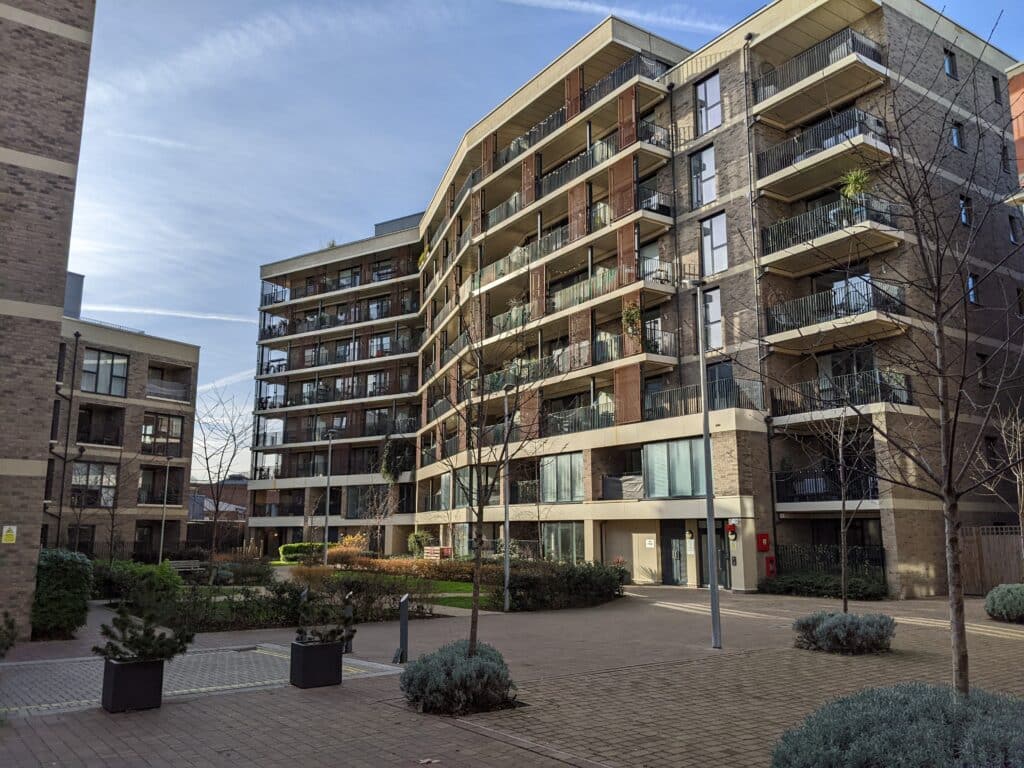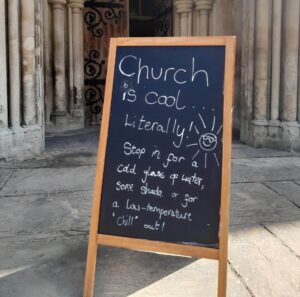At the same time that I have been reading John Boughton’s new book, A History of Council Housing in 100 Estates, I have been visiting estates across the Diocese marvelling at the variety of architectural style and location of our Southwark estates.

Jonathan Roberts, St Michael and All Angels, Camberwell, is vicar of a parish that boasts almost a mini-history of council estates within its own borders. And equipped with his deep knowledge of the history of social housing he took me on a tour of the parish.
St Michael’s parish lacks the cottage estates of St Helier, Downham and Eltham, but includes virtually other type of council housing familiar to Londoners including the high rises blocks that people most think of when they hear mention of urban estates.
There was one high rise design that the GLC repeated over again in the mid 1960s. There are pairs of these distinctive blocks in Battersea, Clapham, and Rotherhithe, but Camberwell hits the jackpot with a magnificent array of five blocks, still popular with local residents, according to Jonathan, although now including many privately rented tenants (a growing phenomenon on our Southwark estates).

Also represented in Camberwell are these pre-war blocks, again in a design that was replicated in many parts of London including (at least to my knowledge) Battersea, Wandsworth, Clapham and Bermondsey.

At the more brutalist end of the spectrum is this monster on Walworth Road:

As the tide began to turn against high rise, St Michael’s parish reflects new approaches to social housing including estates of town houses and low-rise blocks of flats with attractive landscaping.



Social housing is still being built – in small quantities – but the largest developments today are by private developers, aimed at the wealthier end of the market. This new development in Jonathan’s parish is typical of these:

So, what does an estate look like? Well, as I found on my tour of Camberwell, some of our estates share similarities, whether social, cultural or architectural. Many have their unique features. But all of them have one thing in common: people. People, with the stories and connections that make up communities. And it’s in these communities, and among these people, that we have an opportunity to serve. Thank God for all the estates of our Diocese, for those who live there, and those that serve there. May God’s love and grace be shared there.
Come back soon for the next blog post about some of the projects taking place on estates in the Diocese at the present time.













